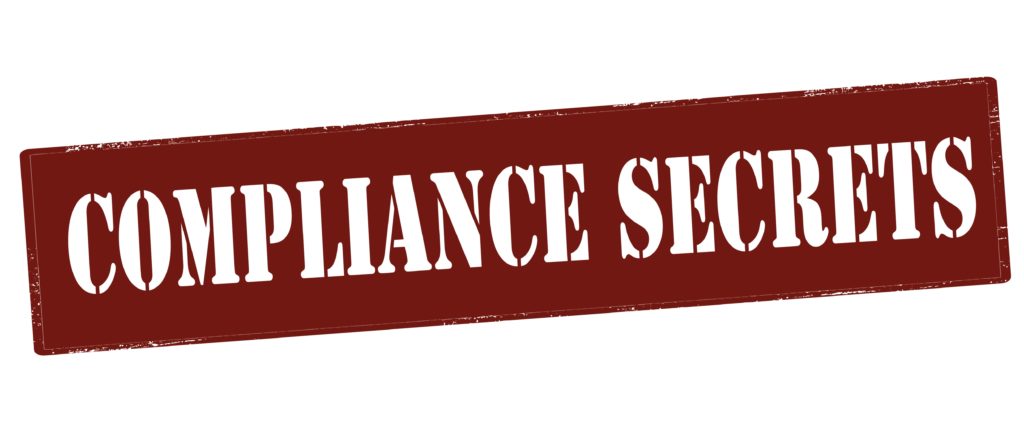Would you like to change someone’s behavior? To do something they might not otherwise do?
To get your children to pick up after themselves?
To get a client to buy your product or service?
To get people to wear masks in your business/city? (a timely, but controversial example!)
Often, it is not enough to merely persuade. You need to gain compliance.
Persuasion is about changing thoughts and beliefs; compliance-gaining is about getting people to take a specific action.
At least 64 compliance-gaining strategies have been identified (Click HERE for a Summary PDF with each strategy briefly explained).
As you craft compliance-gaining communications, especially in presentations, you can consider how the strategies apply to your specific issue.
Let’s take the mask-wearing issue and look at a few of the strategies, and how they might be applied to gain compliance. The numbers in front of each strategy below refer to the numbered strategy in the Summary PDF of the 64 compliance strategies).
Note: You may disagree, strongly, with mask-wearing. If so, you can imagine using the strategy, but with the opposite framing. For example, instead of saying, “Masks can reduce the transmission of the virus,” you could say “Masks are ineffective in reducing transmission of the virus.”
#7 Authority Appeal: Gain compliance by relying on a position of power. The boss says, “Masks are required to enter the building.”
#10 Benefit (Other): Gain compliance by pointing out how their actions will benefit others. “Masks can reduce transmission of the virus.”
#12 Benefit (Target): Gain compliance by pointing out how their actions will benefit themselves. “Masks can reduce the viral load they are personally exposed to.”
#16 Cooperation: Gain compliance by offering to discuss things and work them out together. “Let’s discuss how our organization should address protecting customers and employees from the virus.”
#21 Direct Request: Gain compliance by making a direct request, without giving any reasons. “Please wear a mask in the building.”
#25 Disclaimer (Target): Gain compliance by acknowledging that they may not want to do so. You can indicate that you understand and are aware of their reasons and feelings. “I know that you have many misgivings about wearing masks (or mention the specific issue, such as being uncomfortable, etc), and we are sensitive to your concerns and have (mention how the concern has been addressed).
#38 Invoke Norm: Gain compliance by prodding them to conform to what others are doing. “87% of our shoppers wear a mask.”
#40 Logical Empirical: Gain compliance through the use of reasoning, evidence, facts and data. “A recent study published in Health Affairs compared the COVID-19 growth rate before and after mask mandates in 15 states and the District of Columbia. It found that mask mandates led to a slowdown in daily COVID-19 growth rate.”
#41 Moral Appeal: Gain compliance by appealing to their moral or ethical standards, “Many people feel morally obligated to wear a mask, just in case they may be carrying the virus.”
#57 This Is the Way Things Are: Gain compliance by referring to policies or customs that require them to comply. “Mask-wearing is mandated by the state.”
#62 Welfare (Others): Gain compliance by pointing out that the welfare of other people are at stake. “Maybe you, as a young person, won’t get too sick, but what if you transmit the virus without knowing it to an elderly person and that person dies? Do you want to be responsible for someone’s death?”
Additional factors that influence compliance include:
- Commonality. People are more likely to comply with requests from someone they share something in common with.
- The likelihood of compliance increases with increasing numbers of people present
- Lowering barriers to compliance increases compliance (for example, giving away masks makes it easier for people to comply with wearing them than requiring them to purchase their own, or you could guide them to a site like sciquip.co.uk if the issue is that they’re unsure of where to get them from)
Don’t just “wing-it” when crafting your messages to persuade and gain compliance, use these compliance-gaining strategies to increase your success.

